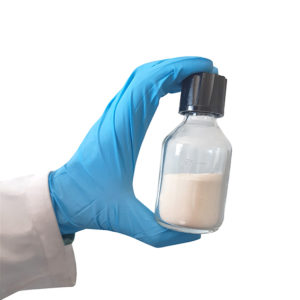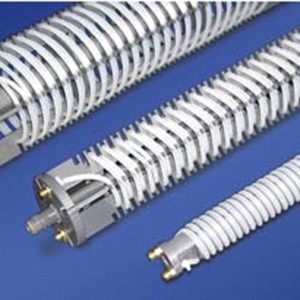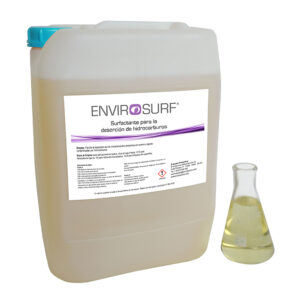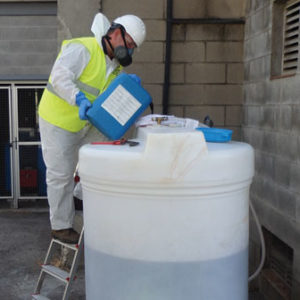Combination of physcal-chemical-biological processes for the tratment of pollutants in soil and water.
Allows treatment of a wide variety of contaminants.
It treats high, medium or low concentrations.
Faster treamtent periods than individual treatments.
Saturated zone and unaturated zone.
Single or multiple application depending on the conditions and treatment objectives.
Combined treatments
Technological solutions for remediation of contaminated sites.
The use of multiple technologies (combined or treatment trains) consists of the combined or sequential use of remediation technologies to improve overall efficiency and results at a lower cost than the use of a single technology. This approach is recommended in locations that are difficult to remediate due to the combination of contaminants, recalcitrance or hydrogeological characteristics. Thus remediation professionals can combine biological, chemical, and physical remedies to treat a wide range of site conditions and contaminant concentrations taking advantage of the strengths of each technology.
In pollutant discharges, the focus area is usually distinguished where there are high concentrations of pollutants and a dissolved pollutant plume with a concentration gradient in groundwater or in the gaseous state of the soil (soil vapor).
For example, in situ chemical oxidation (ISCO) is an effective and proven approach to treating source areas characterized by high concentrations of contaminants in groundwater, absorbed contaminant mass, and potential for residual free product. However, ISCO becomes less profitable in low concentration areas where pollutants are mostly dissolved and more widely dispersed. As a result, other approaches such as biostimulation are often more effective in areas characterized by low levels of pollutants.
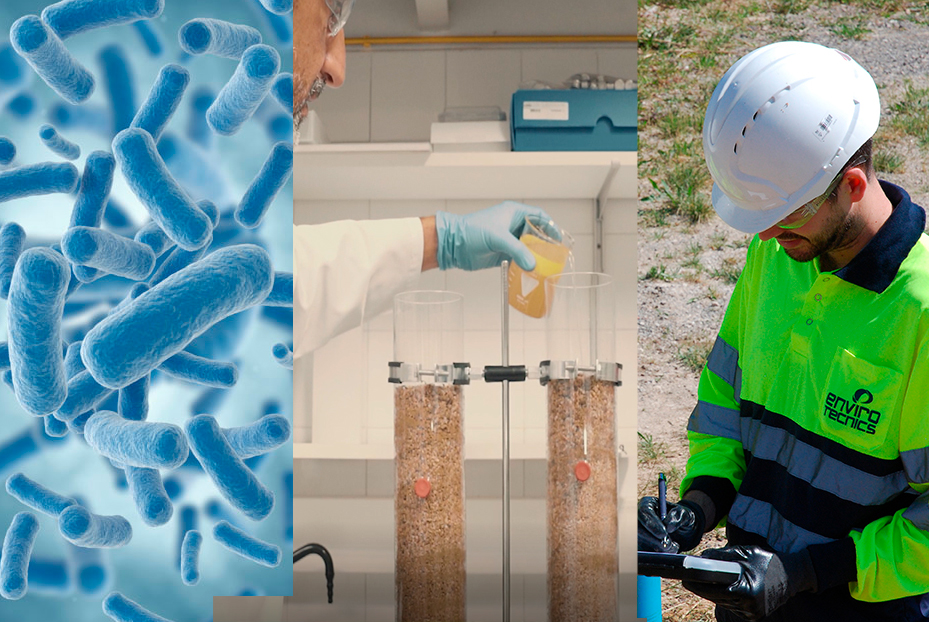
An integrated approach that begins with ISCO for mass depletion, followed by surfactant soil washing to mobilize contaminants and ends with a transition to biostimulation to ensure established cleanup targets is a proven integrated treatment approach. These strategies can help ensure lower clean up targets faster and at lower cost than ISCO or enhanced bioremediation by itself.
Envirotecnics has reagents with proven efficiency in bioremediation, soil washing and ISCO processes.
Related services
- Treatability tests on batch water samples using different oxidizing agents and concentrations.
- Feasibility studies in lysimeters using contaminated soil / water.
- Determination of the natural oxidant demand (NOD)
- Studies of microbiological and physicochemical characterization of samples of groundwater and contaminated soils.
- Viability tests on samples of water and / or contaminated soils at the laboratory level.
- Batch stirring study to determine the optimal surfactant concentration
- Dynamic study in lysimeters to study the effect of surfactants on the mobilization of pollutants in the soil.
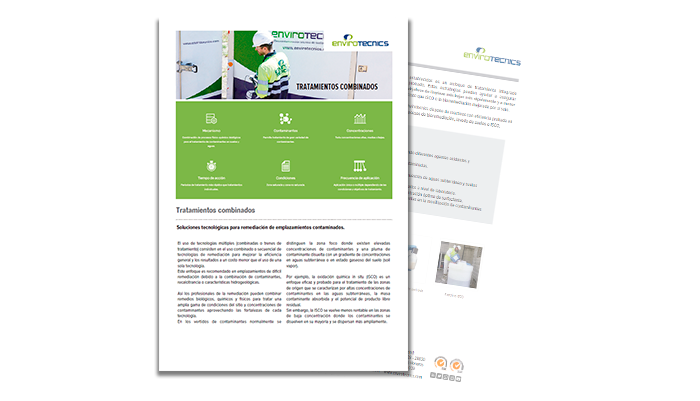
Contact us to explore solutions and options.


